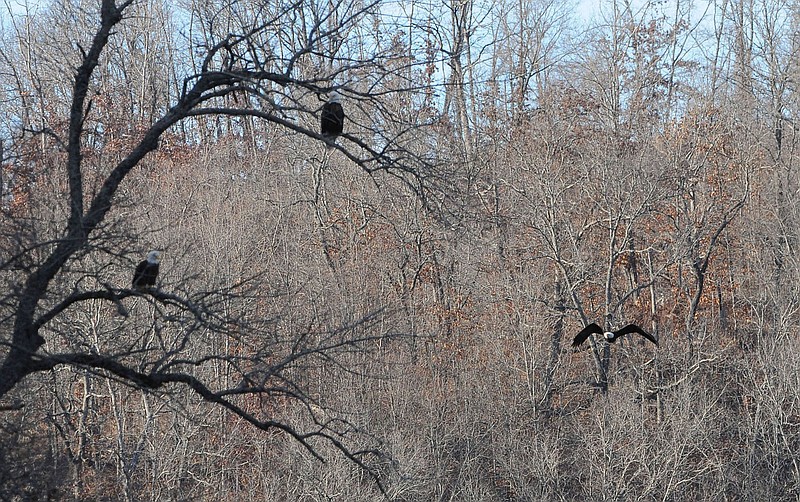Winter is a great time heading outdoors to improving bird watching skills.
Raptors, or birds of prey, can be found hunting across the region. They're a great group of birds to test your bird-watching wings. Raptors can include hawks, eagles, owls, falcons and sometimes even vultures. They typically have hooked beaks and sharp talons and hunt for meat.
Most raptors watch for prey from a perch and will tolerate curious birders from a distance. Because the birds can fly away at any time, we recommend cataloging as many details as possible, as quickly as possible. If a bird is perched, study size, coloration, shape of the head and bill and the presence or absence of leg feathers. If the bird is in flight, focus on the wing shape and any contrasting coloration. Then use a field guide to help narrow the options.
Bald eagles can be seen each winter around open waters and can be seen along many rivers and lakes. Hawks and falcons may be spotted perched along tree lines, power poles, or fence rows. Though rural areas tend to offer more raptor-watching locations, urban parks and established neighborhoods can also be great raptor-watching locations.
Raptors are active during the day, but owls swoop in for the night. Raptor communities also shifts seasonally, with migrants joining our resident species either in spring or fall, providing a diverse birding experience.
Birding by car is a convenient way to watch raptors, especially on cold winter days. Find a safe pull over before watching a bird like a hawk.

